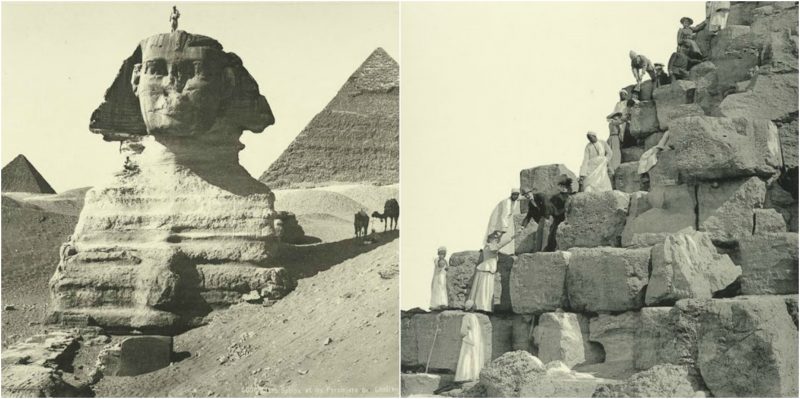Egypt has one of the longest histories of any modern country, arising in the tenth millennium BC as one of the world’s first nation states.Considered a cradle of civilisation, Ancient Egypt experienced some of the earliest developments of writing, agriculture, urbanisation, organised religion and central government. Iconic monuments such as the Giza Necropolis and its Great Sphinx, as well the ruins of Memphis, Thebes, Karnak, and the Valley of the Kings, reflect this legacy and remain a significant focus of archaeological study and popular interest worldwide. Egypt’s rich cultural heritage is an integral part of its national identity, having endured, and at times assimilated, various foreign influences, including Greek, Persian, Roman, Arab, Ottoman, and European. Although Christianised in the first century of the Common Era, it was subsequently Islamised due to the Islamic conquests of the seventh century.
We can enjoy these beautiful sights of ancient Egypt thanks to New York Public Library that has shared an incredible gallery of over 9,000 photos and illustrations of the Middle East from the 17th century to the beginning of the 20th century.
Monuments of ancient Egypt and the biblical world figured prominently in the early years of photography.
All photos New York Public Library
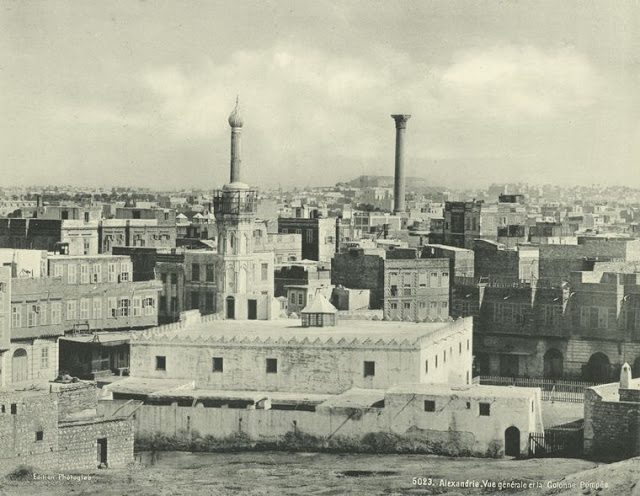
![Cairo passage of Kasr-en-Nil [Qasr al-Nil]](https://www.thevintagenews.com/wp-content/uploads/sites/65/2015/10/Brechin-el-Badrashin-Ramses-II-Colossus-Lower-Egypt.jpg)
![Cairo passage of Kasr-en-Nil [Qasr al-Nil]](https://www.thevintagenews.com/wp-content/uploads/sites/65/2015/10/Cairo-passage-of-Kasr-en-Nil-Qasr-al-Nil.jpg)
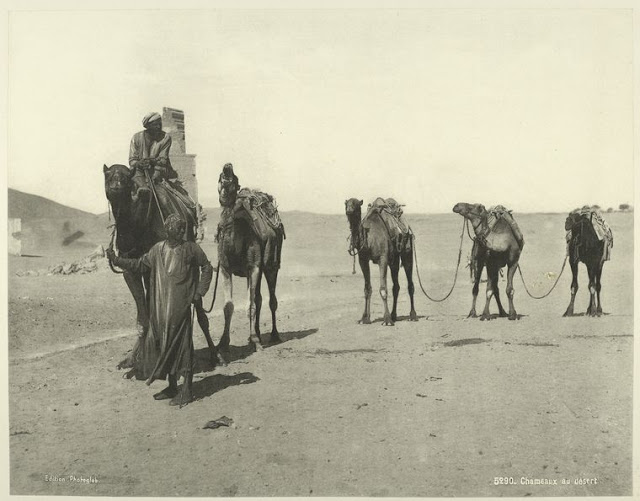
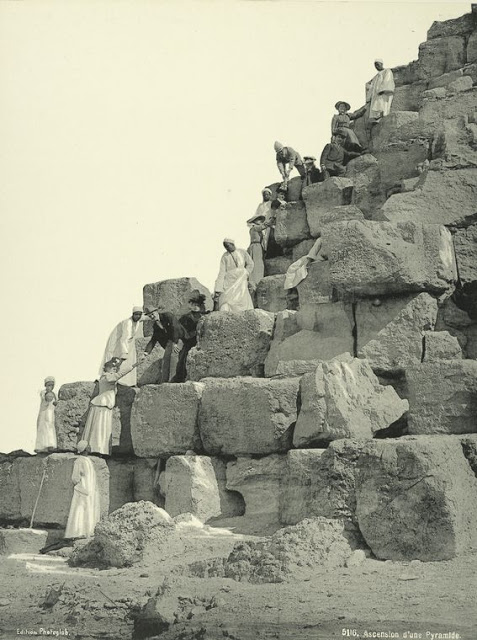
![Garden of Ezbekieh [Azbakia]](https://www.thevintagenews.com/wp-content/uploads/sites/65/2015/10/Garden-of-Ezbekieh-Azbakia.jpg)
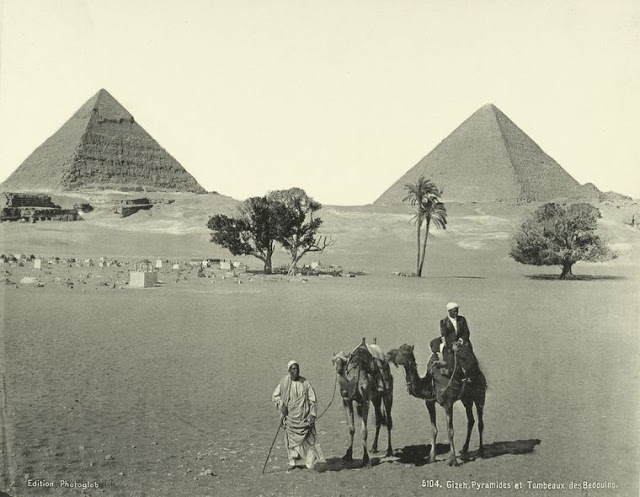
Human settlement in Egypt dates back to at least 40,000 BC with Aterian tool manufacturing. Ancient Egyptian civilization coalesced around 3150 BC with the political unification of Upper and Lower Egypt under the first pharaoh of the First Dynasty, Narmer. Predominately native Egyptian rule lasted until the conquering of Egypt by the Achaemenid Persian Empire in the 6th century BC.
In 332 BC, Macedonian ruler Alexander the Great conquered Egypt as he toppled the Achaemenids and established the Hellenistic Ptolemaic Kingdom, whose first ruler was one of Alexander’s former generals, Ptolemy I Soter. The Ptolemies had to fight native rebellions and were involved in foreign and civil wars that led to the decline of the kingdom and its final annexation by Rome. The death of Cleopatra ended the nominal independence of Egypt resulting in Egypt becoming one of the provinces of the Roman Empire.
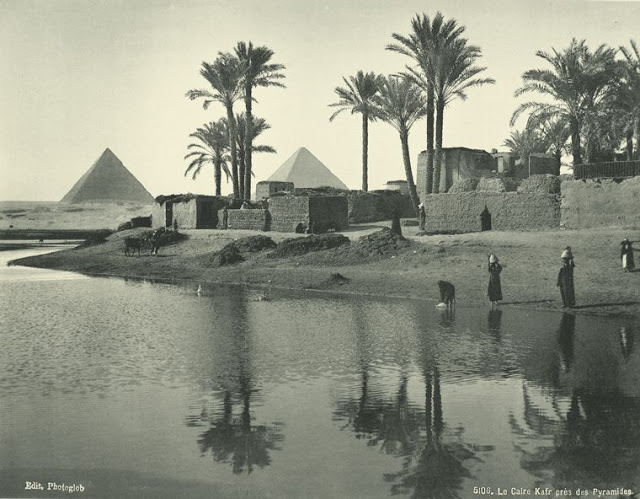
![Karnak Temple of Thothmes III [Tuthmosis III], the Statues of Amenhotep I](https://www.thevintagenews.com/wp-content/uploads/sites/65/2015/10/Karnak-Temple-of-Thothmes-III-Tuthmosis-III-the-Statues-of-Amenhotep-I.jpg)
![Mokattam, Giyuschi Mosque [al-Juyushi]](https://www.thevintagenews.com/wp-content/uploads/sites/65/2015/10/Mokattam-Giyuschi-Mosque-al-Juyushi.jpg)
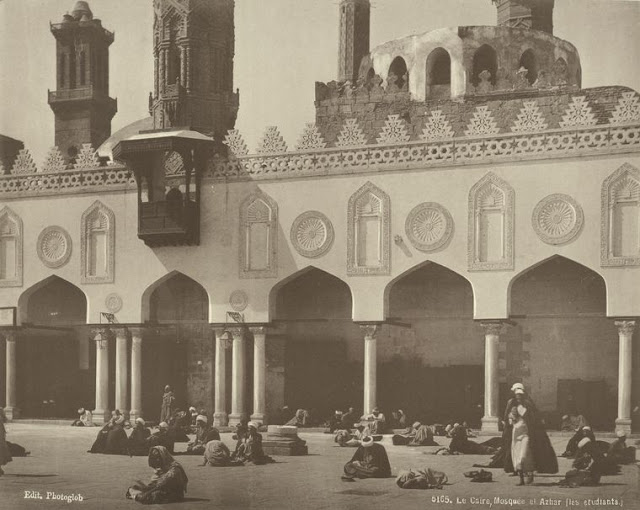
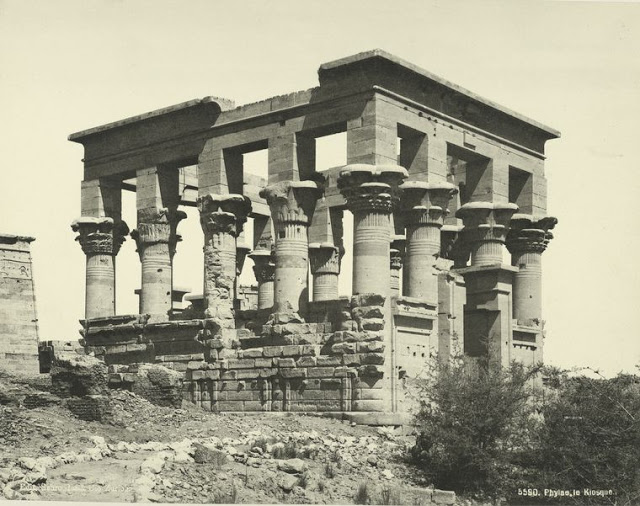
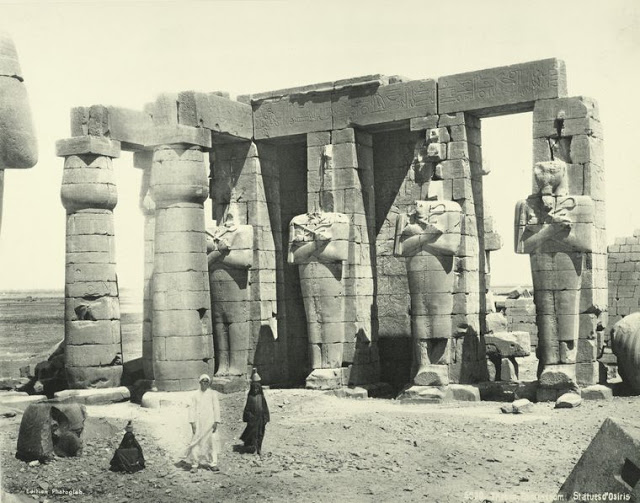
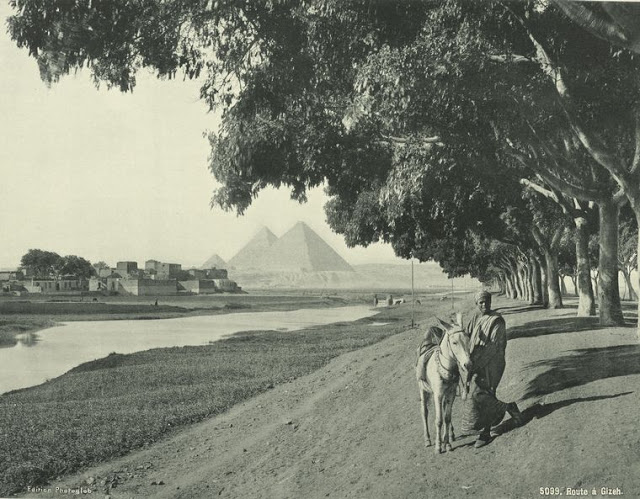
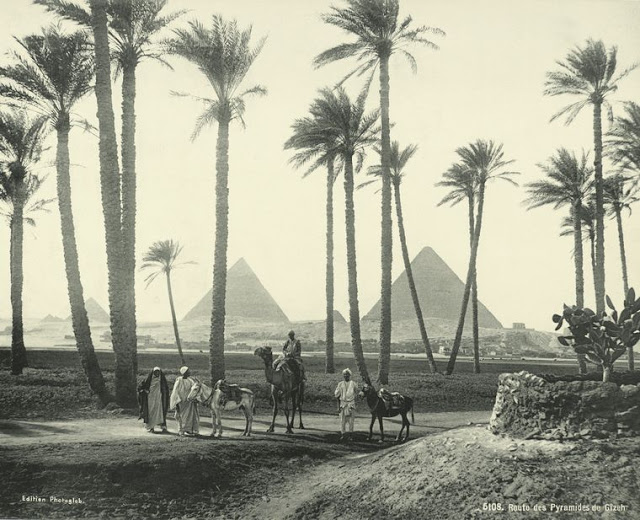
Roman rule in Egypt (including Byzantine) lasted from 30 BC to 641 AD, with a brief Sassanid Persian interlude between 619-629, known as Sasanian Egypt. After the Islamic conquest of Egypt, parts of Egypt became provinces of successive Caliphates and other Muslim dynasties: Rashidun Caliphate (632-661), Umayyad Caliphate (661–750), Abbasid Caliphate (750-909), Fatimid Caliphate (909-1171), Ayyubid Sultanate (1171–1260), and the Mamluk Sultanate of Egypt (1250-1517). In 1517, Ottoman sultan Selim I captured Cairo, absorbing Egypt into the Ottoman Empire.
Egypt remained entirely Ottoman until 1867, except during French occupation from 1798 to 1801. Starting in 1867, Egypt became a nominally autonomous tributary state called the Khedivate of Egypt. However, Khedivate Egypt fell under British control in 1882 following the Anglo-Egyptian War. After the end of World War I and following the Egyptian Revolution of 1919, the Kingdom of Egypt was established. While a de facto independent state, the United Kingdom retained control over foreign affairs, defense, and other matters. British occupation lasted until 1954, with theAnglo-Egyptian agreement of 1954.
![Sakkara [Saqqara] Step Pyramid](https://www.thevintagenews.com/wp-content/uploads/sites/65/2015/10/Sakkara-Saqqara-Step-Pyramid.jpg)
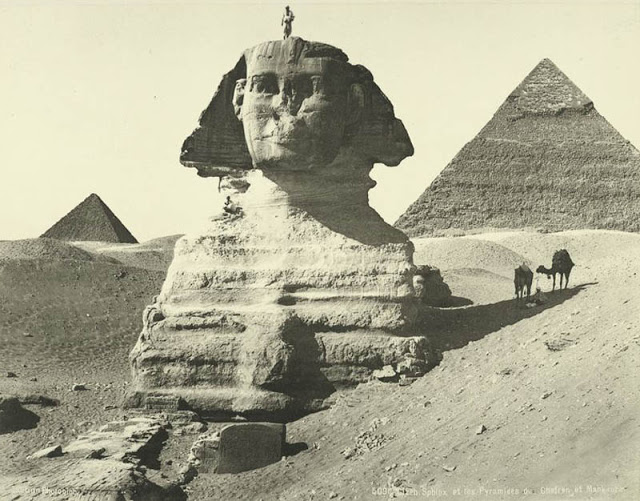
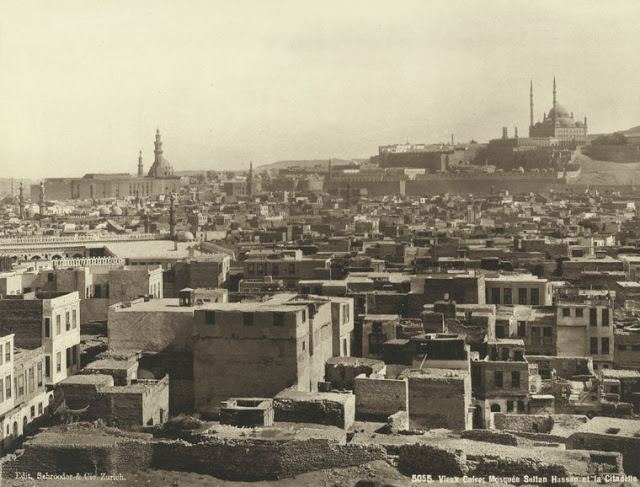
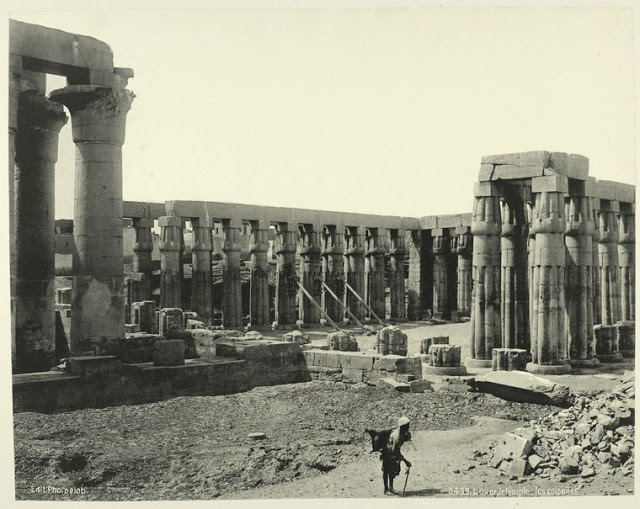
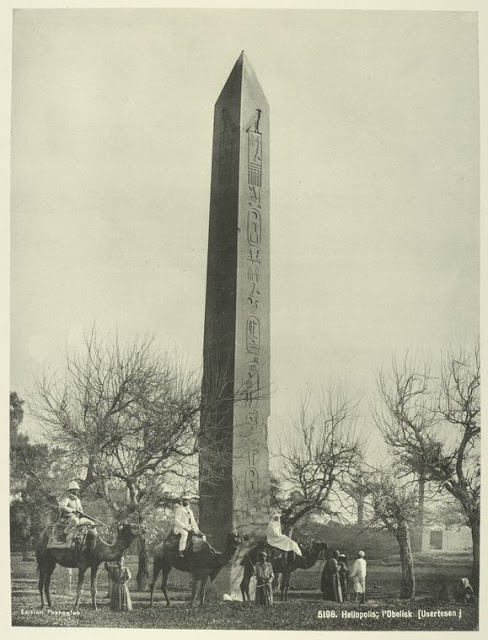
![The Citadel and Mosque Mehemet Ali [Muhammad Ali Basha]](https://www.thevintagenews.com/wp-content/uploads/sites/65/2015/10/The-Citadel-and-Mosque-Mehemet-Ali-Muhammad-Ali-Basha.jpg)
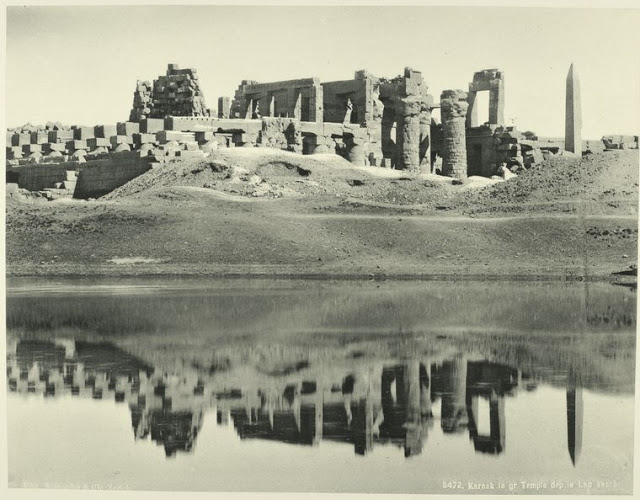
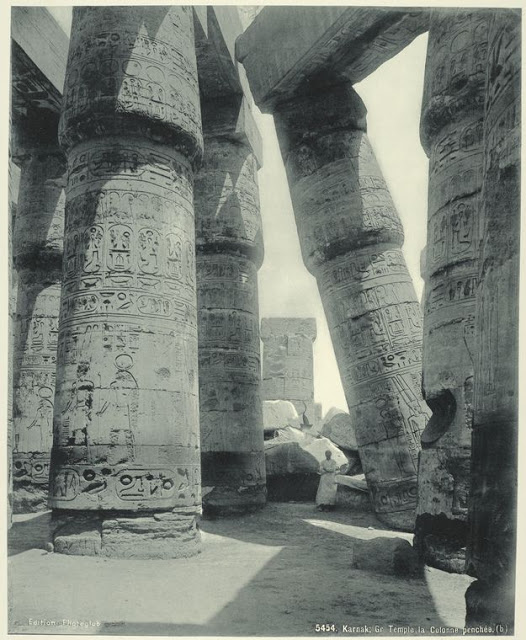
The modern Republic of Egypt was founded in 1953, and with the complete withdrawal of British forces from the Suez Canal in 1956, it marked the first time in 2,300 years that Egypt was both fully independent and ruled by native Egyptians. President Gamal Abdel Nasser (president from 1956 to 1970) introduced many reforms and created the short-lived United Arab Republic (withSyria). His terms also saw the Six Day War and the creation of the international Non-Aligned Movement. His successor, Anwar Sadat (president from 1970 to 1981) changed Egypt’s trajectory, departing from many of the political, and economic tenets of Nasserism, re-instituting a multi-party system, and launching the Infitah economic policy. He led Egypt in the Yom Kippur War of 1973 to regain Egypt’s Sinai Peninsula, which Israel had occupied since the Six-Day War of 1967. This later led to the Egypt–Israel Peace Treaty.
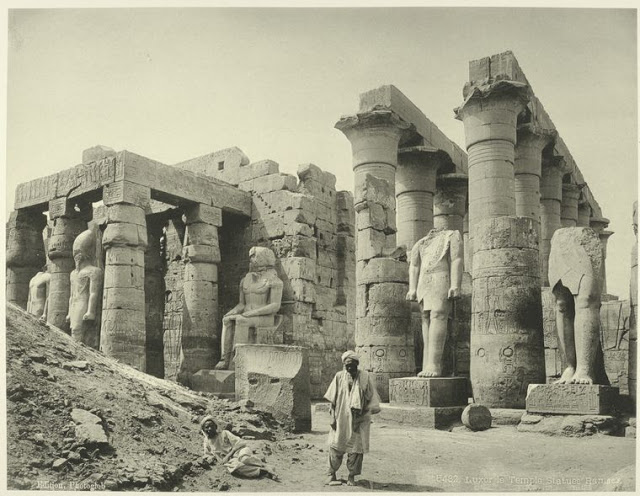
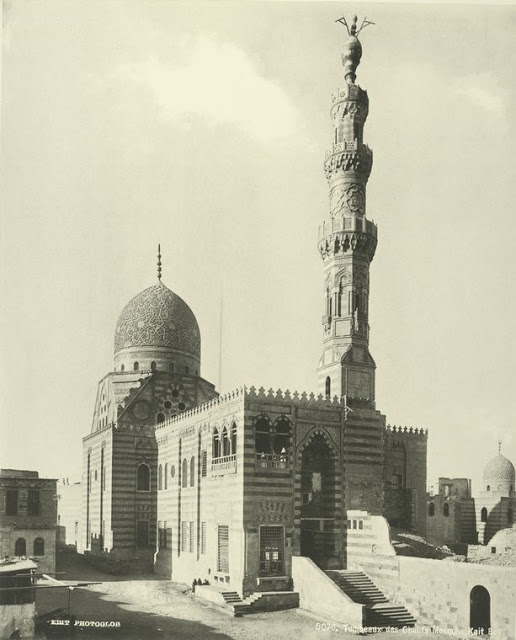
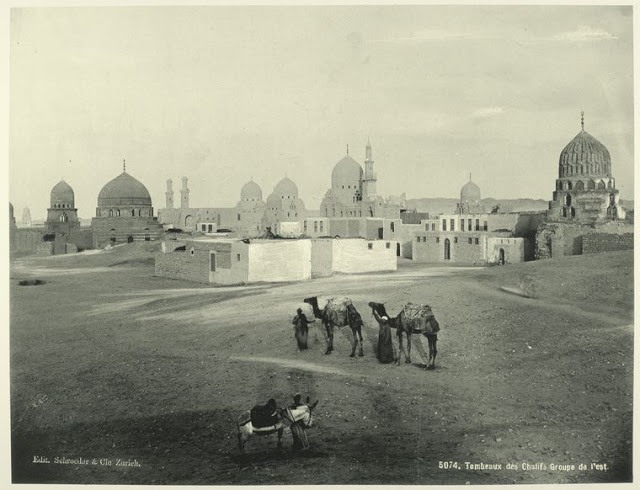
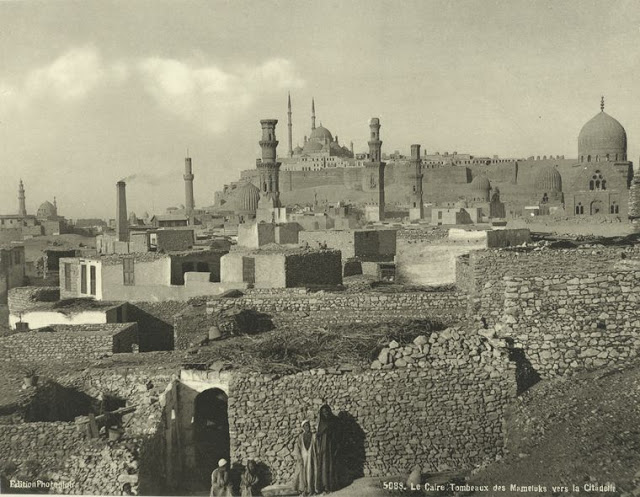
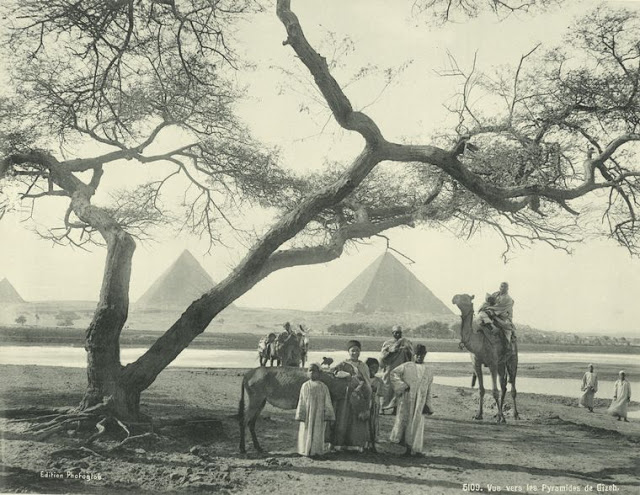
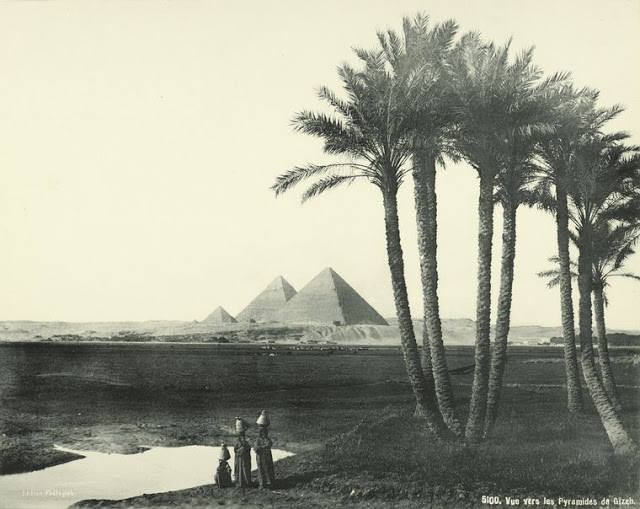
Recent Egyptian history has been dominated by events following nearly thirty years of rule by former president Hosni Mubarak. In 2011, Egypt underwent a revolution that deposed Mubarak and resulted in the first democratically elected president in Egyptian history, Mohamed Morsi. Unrest after the 2011 revolution and related disputes led to the 2013 Egyptian coup d’état.
